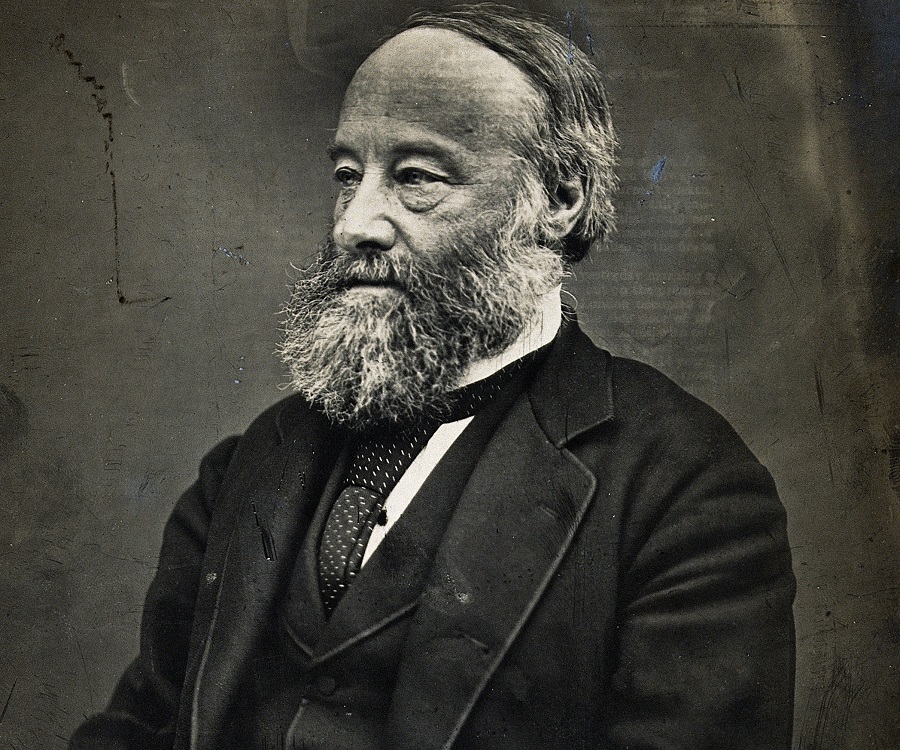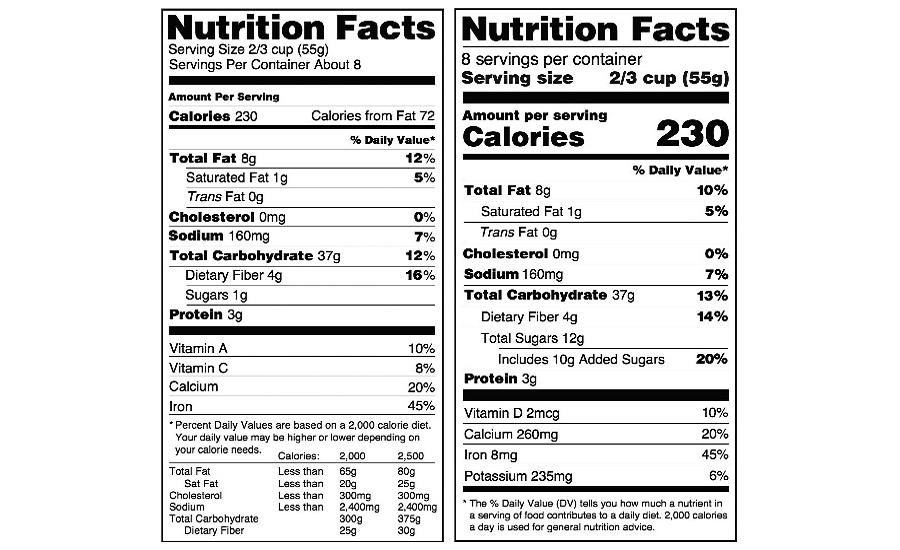Energy in Food
9SCIE - Energy for Life
Finn Le Sueur
2024
Energy
- Energy is measured in the scientific unit, Joules
- As a shorthand we write Joules as J
- It is named after James Joule, an English physicist (1818-1889)

Energy in Food
- Food contains chemical potential energy, which is stored in the bonds between atoms and molecules.
- When we eat the food, we break the bonds and get energy!

How much is a Joule?
- To lift this \(25g\) whiteboard marker 1m off the ground takes \(0.245J\)
- For me (\(71kg\)) to jump \(0.3m\) into the air takes \(208.8J\)!
- To warm \(1ml\) of water by 1 degree C takes \(4.2J\)
Joules vs Calories
You may hear energy referred to by calories.
1 calorie (C) is equal to \(4.2J\), or the amount of energy required to warm up \(1ml\) of water by degree C!
Ngohe: Your Lunch
Look in your bag for some food in a wrapper with a nutritional label. How many Joules of energy does your snack contain? Make a note of it in your book.
Hint: kJ means kilojoules or 1,000J. So 120kJ means 120,000J.
It takes you approximately \(147J\) to do a starjump \(0.3m\) off the ground. How many jumps do you have to do to burn off the energy from your snack?
e.g. \(120,000/147=816\) jumps!

Kahoot Time!
https://create.kahoot.it/details/fast-food-guess-calories-1/3effdea3-1a35-4f0e-aa2d-ef18e3837d98
In fact, we can find the amount of energy in a food in the lab! We will do this whakamātau later in this unit.
Before we start, recall that it takes \(1J\) to warm \(1ml\) of water by 1 degree C.
- Measure 10ml of water in a boiling tube
- Place that boiling tube in a clamp above a tripod with gauze mat
- Light your food (peanut) on fire using the bunsen burner
- Place the peanut on the gauze mat
- Record how much warmed the water gets!